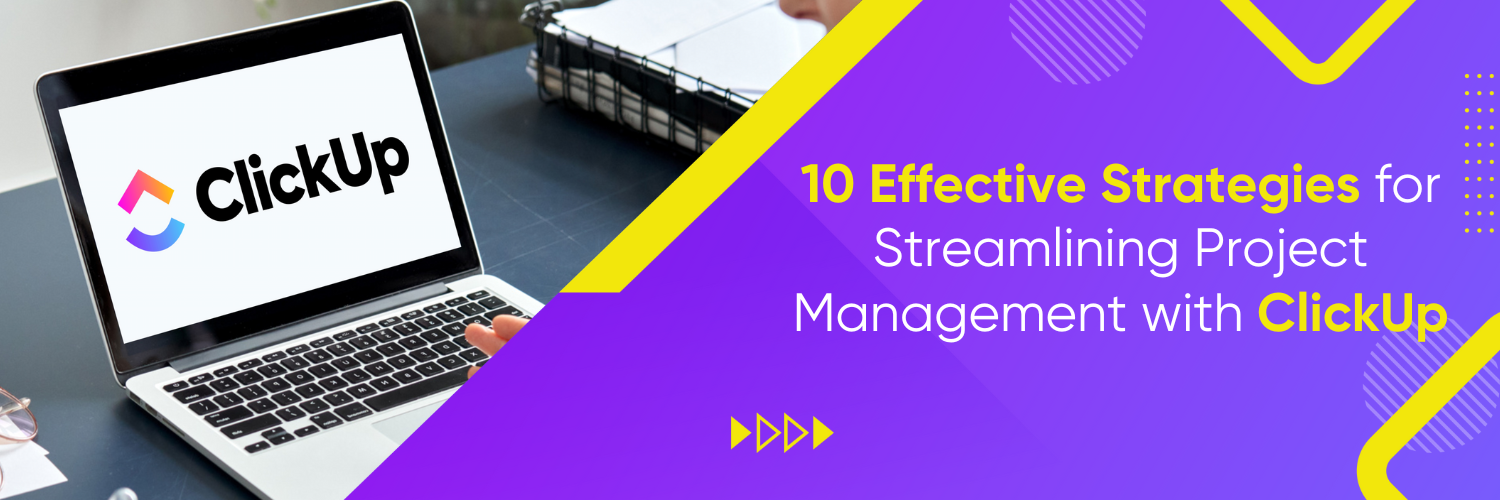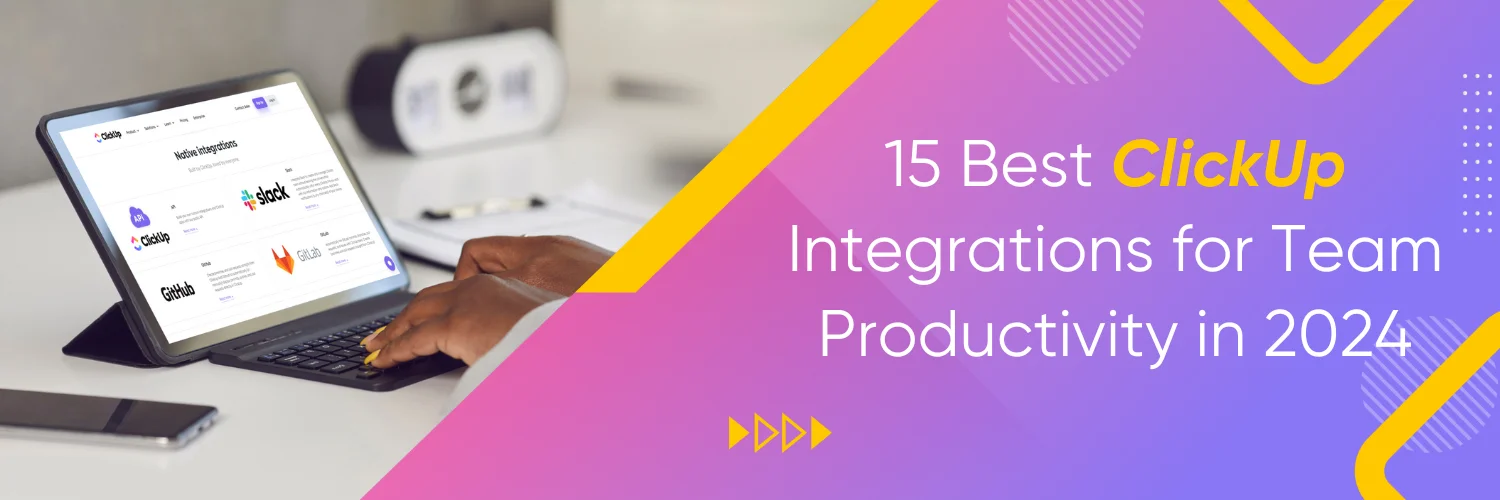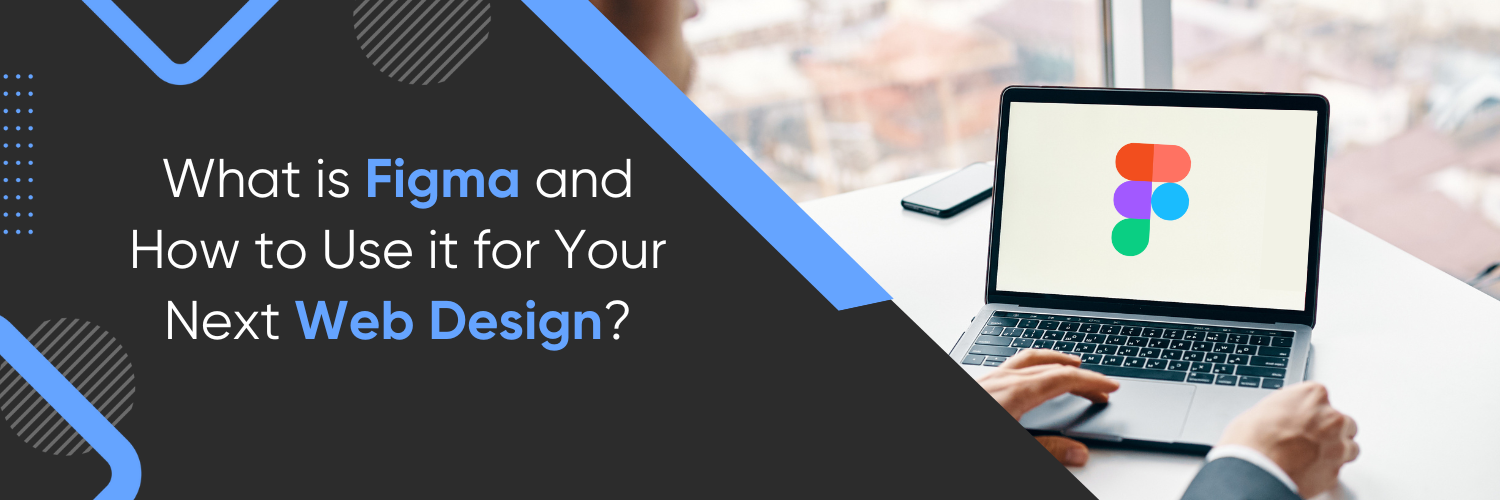Streamlining Project Management
Streamlining project management processes is crucial for organizations to improve efficiency, enhance collaboration, and achieve optimal outcomes. ClickUp is a powerful project management tool that offers a comprehensive set of features and functionalities to streamline project management practices.
One of the key advantages of ClickUp is its ability to centralize project communication. With ClickUp, team members can collaborate in real-time, share updates, and discuss tasks within a centralized platform. This eliminates the need for scattered communication channels and ensures that everyone is on the same page, resulting in improved coordination and reduced miscommunication.
ClickUp also excels in optimizing task and project organization. It provides customizable task views, such as lists, boards, and Gantt charts, allowing teams to organize and prioritize their work in a way that suits their preferences. This flexibility enables efficient task tracking, progress monitoring, and deadline management, enabling teams to stay on track and deliver projects on time.
Strategy 1: Centralize Project Communication
Utilizing ClickUp’s Communication Features
ClickUp offers robust communication features that centralize project-related discussions and ensure seamless collaboration among team members. By integrating team messaging and comments within ClickUp, communication becomes more focused and transparent. Team members can easily share updates, ask questions, and provide feedback directly on tasks and subtasks. This feature eliminates the need for scattered email threads or separate messaging applications, enabling everyone involved to stay on the same page.
Strategy 2: Optimize Task and Project Organization
Leveraging ClickUp’s Task Management Capabilities
ClickUp provides a range of task management capabilities to optimize project organization. Teams can create and assign tasks effectively, ensuring that responsibilities are clear and deadlines are met. By utilizing task dependencies and priorities, dependencies between tasks are identified, and the order of execution is streamlined. Additionally, ClickUp allows tasks to be organized using lists, boards, and calendars, providing flexibility in visualizing and managing project workflows based on individual preferences.
Strategy 3: Streamline Workflow Automation
Harnessing ClickUp’s Automation Features
ClickUp’s automation features enable teams to automate repetitive tasks, saving time and reducing manual effort. Task assignments and reminders can be automated based on predefined triggers or conditions, ensuring that team members are notified promptly and assigned the appropriate tasks. ClickUp also allows setting up recurring tasks and deadlines, eliminating the need for manual scheduling. Moreover, custom automation rules can be created to automate specific actions, such as updating task statuses or notifying stakeholders, further enhancing workflow efficiency.
Strategy 4: Enhance Collaboration with Team Members
Collaborative Workflows in ClickUp
ClickUp facilitates enhanced collaboration among team members through its collaborative workflows. Shared spaces and permissions can be set up, granting appropriate access and control to team members based on their roles and responsibilities. Real-time collaboration on documents and files is supported within ClickUp, enabling teams to work together on shared resources. Additionally, ClickUp tracks changes and maintains version history, providing visibility into modifications made by different team members and ensuring a seamless collaborative experience.
Strategy 5: Utilize ClickUp’s Reporting and Analytics
Analyzing Project Data for Insights
ClickUp offers robust reporting and analytics capabilities, providing valuable insights into project progress, team performance, and overall productivity. Through the generation of project progress reports, teams can track milestones, identify completed tasks, and assess overall project health. ClickUp’s analytics tools allow tracking team performance metrics, such as task completion rates and time spent on different activities. By identifying bottlenecks and analyzing workflow patterns, teams can optimize their processes for improved efficiency.
Strategy 6: Integrate ClickUp with Third-Party Apps
ClickUp’s Integrations for Seamless Workflows
ClickUp offers seamless integrations with a wide range of third-party applications, enabling teams to leverage their existing toolset. Integrating with popular communication tools like Slack or Microsoft Teams allows for streamlined communication between platforms. ClickUp can also be connected with time tracking and billing software, ensuring accurate tracking of project hours and seamless invoicing processes. Furthermore, syncing ClickUp with cloud storage and file-sharing platforms enables easy access to project-related documents and promotes efficient collaboration.
Strategy 7: Efficiently Manage Deadlines and Time Tracking
Time Management Features in ClickUp
ClickUp provides comprehensive time management features that help teams manage deadlines and track time spent on tasks. Project milestones and deadlines can be easily set, ensuring that project timelines are met. ClickUp offers timers and time entries, allowing team members to track the time they spend on each task accurately. This data can be analyzed to identify time patterns, optimize resource allocation, and ensure accurate project planning.
Strategy 8: Implement Agile Project Management
Agile Methodology with ClickUp
ClickUp is flexible and adaptable to various project management methodologies, including Agile. With ClickUp, teams can easily create agile boards and workflows tailored to their specific needs. Agile practices such as managing sprints and backlog are seamlessly supported. ClickUp also facilitates retrospectives, allowing teams to reflect on past iterations, identify areas for improvement, and adapt their processes accordingly.
Strategy 9: Optimize Resource Allocation
Efficient Resource Management in ClickUp
ClickUp provides tools for efficient resource allocation and management. Teams can assign and track resources, ensuring that the right people are assigned to the right tasks. ClickUp allows managing team availability and workload, preventing resource conflicts and ensuring optimal resource utilization. By optimizing resource allocation, teams can enhance productivity, avoid bottlenecks, and ensure timely project delivery.
Strategy 10: Continuously Improve with ClickUp’s Feedback System
Gathering Feedback and Iterating Projects
ClickUp’s feedback system enables teams to gather feedback, collaborate on improvements, and iterate projects based on the received input. Using ClickUp’s feedback and approval features, teams can collect feedback from stakeholders, clients, or team members directly within the platform. This feedback can be discussed, prioritized, and incorporated into the project’s next iterations. By embracing a feedback-driven approach, teams can continuously improve their deliverables and achieve higher levels of customer satisfaction.
Conclusion
By utilizing ClickUp, a powerful project management tool, you can significantly enhance your team’s productivity, collaboration, and overall project efficiency. However, to truly unlock the full potential of ClickUp and ensure seamless integration into your workflow, partnering with Ubique Digital Solutions can be a game-changer. Their expertise in project management, coupled with their deep understanding of ClickUp, makes them the perfect ally to help you navigate the intricacies of the platform and tailor it to your specific business needs. Don’t miss out on the opportunity to boost your business to new heights of success. Contact Ubique Digital Solutions today and take the first step towards transforming your project management processes. Together, we can drive your business forward and achieve remarkable results.
FAQs
Q: How can ClickUp benefit project management?
ClickUp benefits project management by providing a comprehensive platform that centralizes communication optimizes task and project organization, automates workflows, enhances collaboration, facilitates reporting and analytics, integrates with other tools, manages deadlines and time tracking, supports agile methodologies, optimizes resource allocation, and enables feedback-driven iterations.
Q: Can ClickUp be customized to fit different project management methodologies?
Yes, ClickUp is highly customizable and can be tailored to fit various project management methodologies, including Agile, Waterfall, Kanban, or customized hybrid approaches. Teams can configure ClickUp’s features, workflows, and task structures to align with their preferred methodology.
Q: Is ClickUp suitable for both small and large teams?
Yes, ClickUp is designed to accommodate the needs of both small and large teams. It provides flexibility in project management, collaboration, and customization, making it suitable for teams of any size.
Q: Can ClickUp integrate with other tools commonly used in project management?
Yes, ClickUp offers integrations with popular tools commonly used in project management. This includes communication tools like Slack or Microsoft Teams, time tracking and billing software, cloud storage and file-sharing platforms, and many others. These integrations allow teams to leverage their existing toolset while benefiting from ClickUp’s features.
Q: How does ClickUp facilitate communication and collaboration among team members?
ClickUp facilitates communication and collaboration by providing team messaging and comment features within the platform. Team members can discuss projects, ask questions, and provide feedback directly on tasks and subtasks. This centralized communication ensures transparency, reduces the need for scattered email threads, and promotes seamless collaboration among team members.























